Introduction:
Engineered wood planks are a versatile and increasingly popular material in modern construction and interior design. They combine the aesthetic beauty of natural wood with the durability and cost-effectiveness of engineered processes. These planks are commonly used for flooring, wall panels, and even furniture, offering a practical alternative to solid hardwood. In this article, we will dive into the composition, benefits, construction methods, and various applications of engineered wood planks, helping you understand why they are a great choice for both residential and commercial spaces.
What Are Engineered Wood Planks?
Engineered wood planks, also known as engineered wood flooring or composite wood, are made by binding together layers of wood fibers, particles, or veneers under heat and pressure. These layers are designed to enhance the strength, stability, and longevity of the product, while maintaining a natural wood appearance. Unlike solid hardwood, which is made from a single piece of timber, engineered wood is constructed in multiple layers, giving it unique benefits.
Construction of Engineered Wood Planks:
Core Layer (The Backbone):
The core of engineered wood is typically made from plywood, high-density fiberboard (HDF), or medium-density fiberboard (MDF). This core provides stability, strength, and resistance to environmental changes like humidity and temperature fluctuations.
Top Layer (The Veneer):
The top layer, often referred to as the veneer or wear layer, is a thin slice of natural hardwood. This layer gives the planks their natural wood look, including the unique grains, patterns, and colors of different species of trees, such as oak, maple, cherry, or walnut.
Base Layer:
The base layer is typically composed of multiple thin layers of wood or synthetic material that provide additional strength and moisture resistance. It also helps to reduce the overall weight of the planks, making them easier to transport and install.
Finish Layer:
Some engineered wood planks also have a protective finish, such as a layer of aluminum oxide or urethane, to protect against scratches, stains, and wear. This layer enhances the longevity of the planks and reduces the need for frequent maintenance.
Benefits of Engineered Wood Planks:
Durability and Stability:
One of the main advantages of engineered wood planks is their durability. The layered construction resists warping, shrinking, or expanding due to changes in moisture and temperature. This makes them a great option for areas with high humidity, such as kitchens, bathrooms, and basements.
Cost-Effective:
Engineered wood is often more affordable than solid hardwood, making it an excellent choice for those on a budget without compromising on the aesthetics of real wood.
Eco-Friendly:
Engineered wood planks are a more sustainable choice compared to solid hardwood. The production process uses less timber, and the core materials are often made from recycled wood fibers. This reduces the demand for logging and deforestation.
Wide Variety of Styles:
Engineered wood planks come in a wide range of species, finishes, and textures. Whether you prefer a rustic oak finish, a sleek walnut appearance, or something in between, engineered wood offers a style that fits any home or commercial space.
Ease of Installation:
Many engineered wood planks are designed for easy installation, including click-lock systems, which make it easier for DIY enthusiasts to install them without professional help. This can save both time and money.
Less Maintenance:
While they still require some care, engineered wood planks are generally easier to maintain than solid wood flooring. The protective finishes help guard against scratches, stains, and spills, and they do not require frequent refinishing.
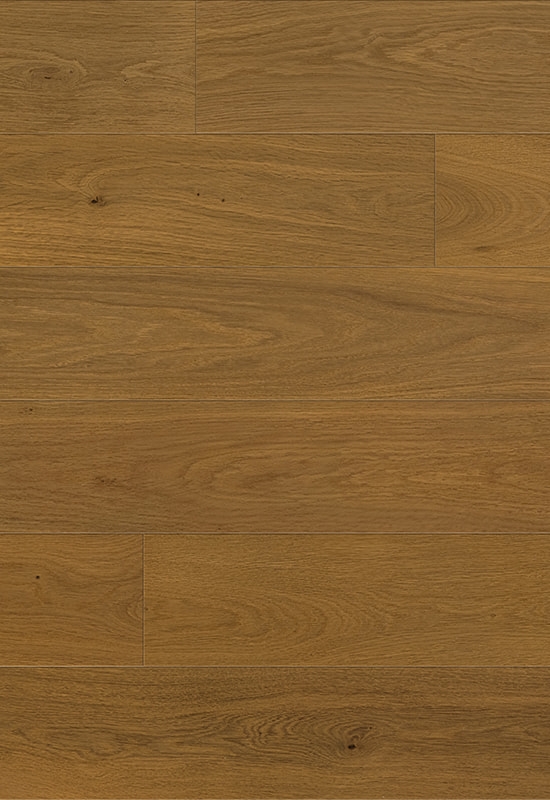
Applications of Engineered Wood Planks:
Flooring:
Engineered wood planks are most commonly used as flooring. They offer the beauty of hardwood floors with added resistance to moisture and temperature fluctuations. These floors are ideal for both high-traffic areas and spaces prone to changes in climate.
Wall Cladding:
The same visual appeal that makes engineered wood planks great for flooring also makes them an excellent choice for wall cladding. They can bring warmth and texture to any room, from living rooms to feature walls in offices or restaurants.
Furniture:
Many furniture manufacturers use engineered wood planks for their designs due to their durability and aesthetic qualities. Tables, desks, and cabinets made from engineered wood often have the appearance of solid wood, while being lighter and more cost-effective.
Ceiling Panels:
Engineered wood planks can also be used for decorative ceiling panels, adding a modern and rustic touch to interior spaces. They’re especially common in commercial settings like hotels and restaurants where an upscale look is desired.
Outdoor Applications:
Some engineered wood products are designed specifically for outdoor use. With the right protective coatings, they can be used in decking, pergolas, and other outdoor furniture, offering a stylish yet durable solution for outdoor environments.
Comparison: Engineered Wood vs. Solid Wood Flooring
When choosing between engineered and solid wood flooring, it's essential to understand the key differences:
Cost:
Solid hardwood tends to be more expensive, both in terms of materials and installation. Engineered wood offers a more affordable option without sacrificing appearance.
Moisture Resistance:
Solid wood is more susceptible to damage from moisture and humidity. Engineered wood is better suited for areas with fluctuating moisture levels, such as basements or kitchens.
Installation:
Engineered wood is often easier to install, especially with click-lock systems. Solid wood requires professional installation due to the need for nailing or gluing planks.
Longevity:
Solid hardwood can be refinished several times over its lifespan, while the veneer of engineered wood can only be refinished once or twice. However, engineered wood still offers great longevity when properly maintained.
Challenges and Considerations:
Veneer Thickness:
The thickness of the veneer layer can vary. A thicker veneer provides more durability and the ability to refinish, while a thinner veneer may wear out faster, especially in high-traffic areas.
Environmental Impact:
While engineered wood is considered more eco-friendly than solid wood, not all products are made from sustainable sources. Look for certifications such as FSC (Forest Stewardship Council) to ensure the materials used are responsibly sourced.
Price Fluctuations:
The price of engineered wood can fluctuate depending on the species of wood, the quality of materials, and the manufacturing process. It's important to compare options and factor in the long-term value.


 English
English 中文简体
中文简体 Français
Français
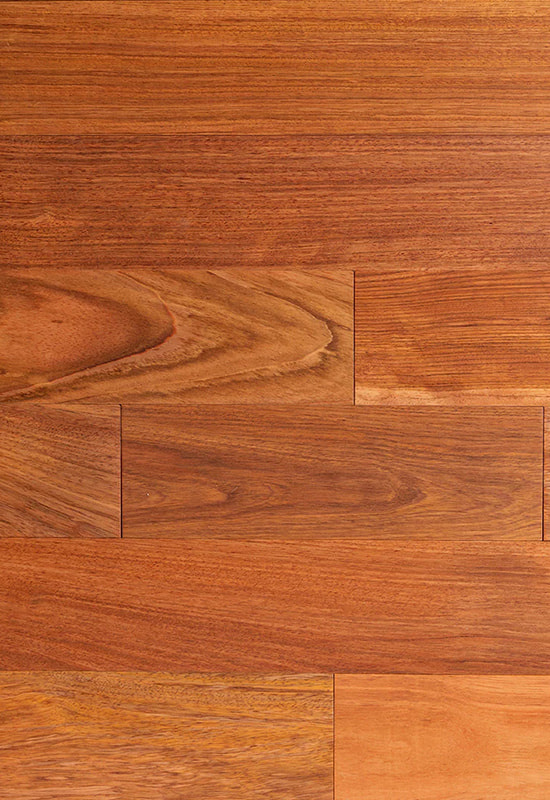
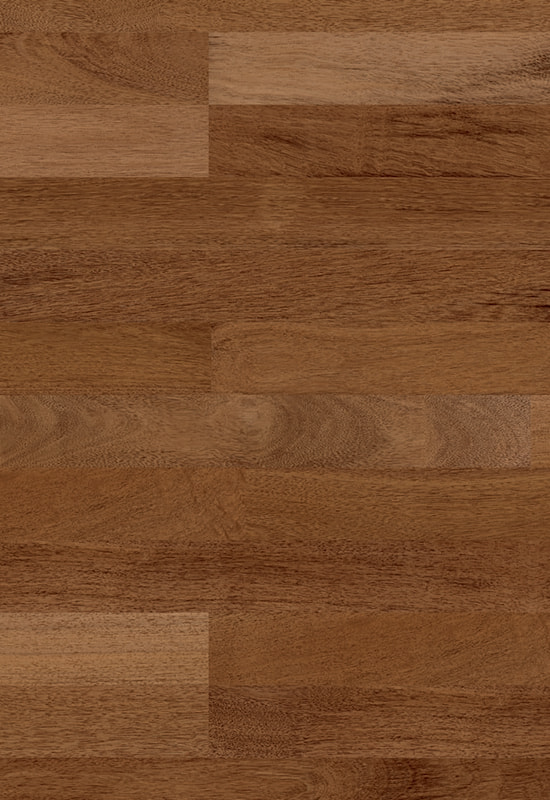
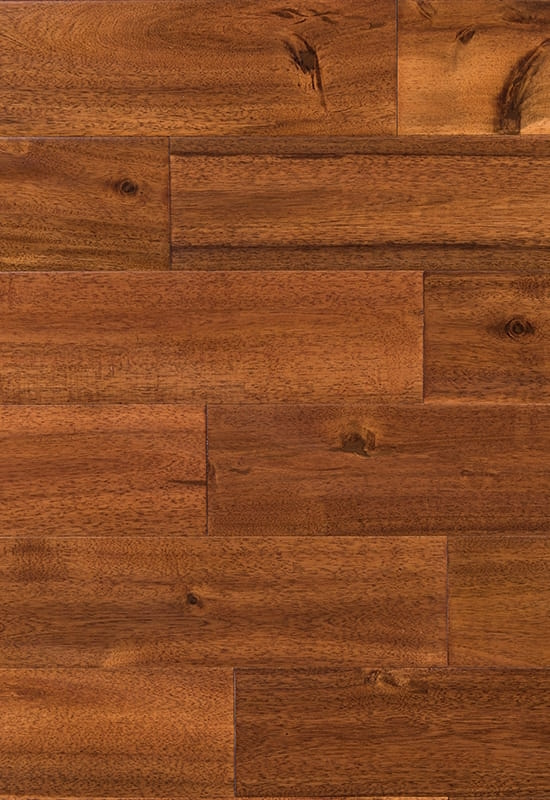
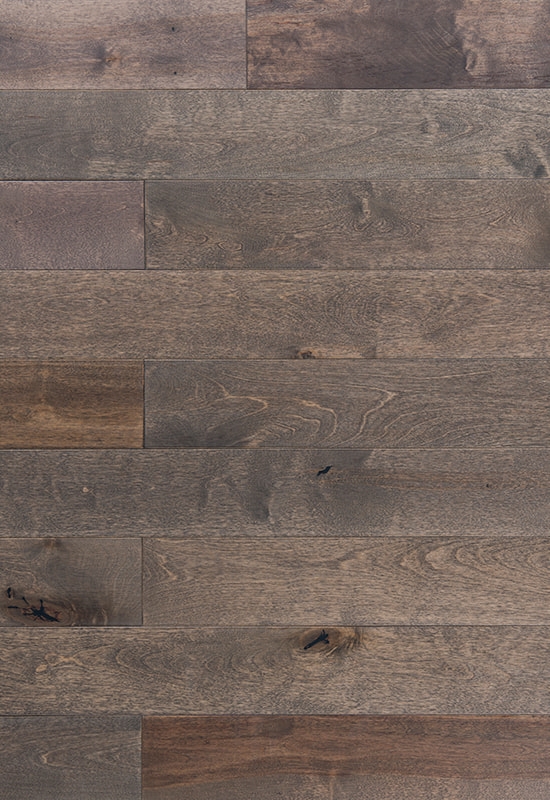
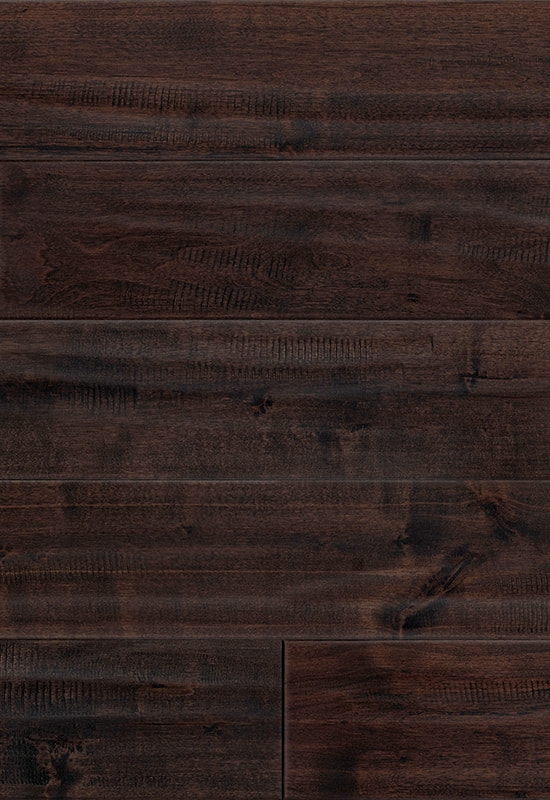
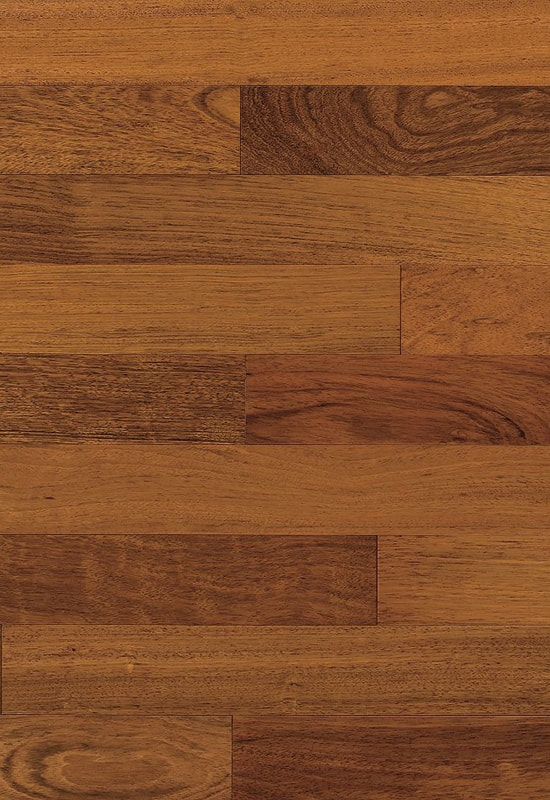
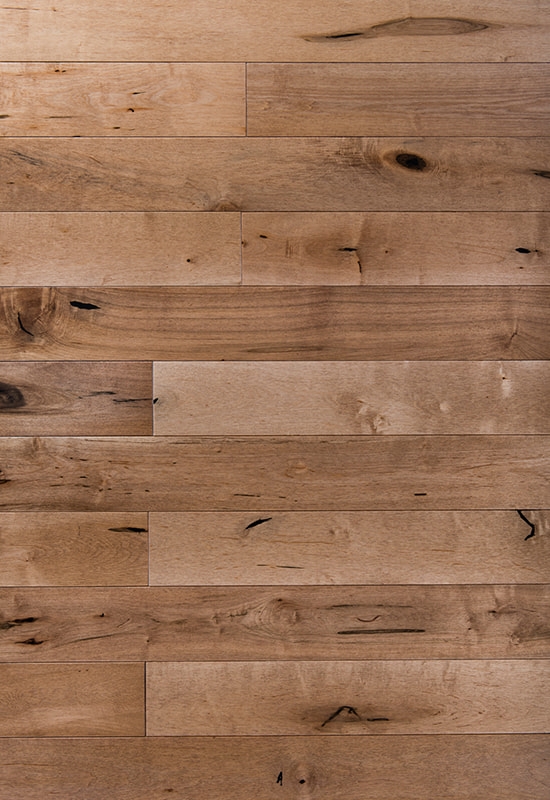
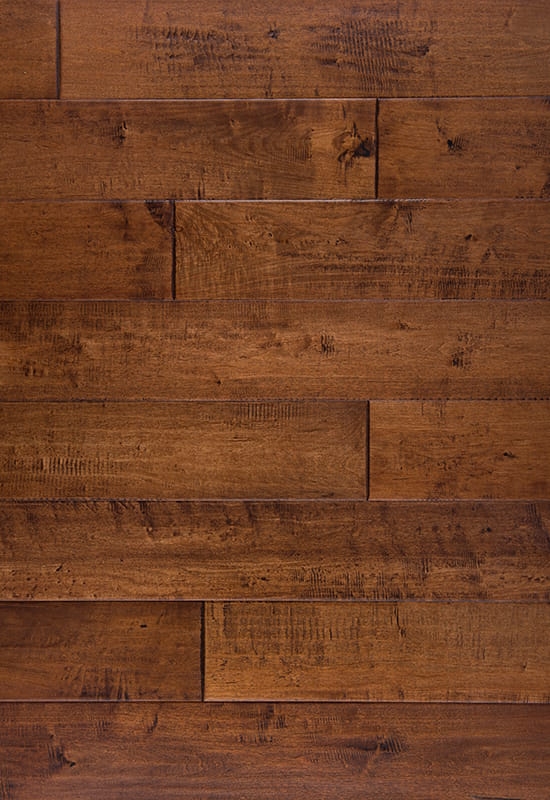
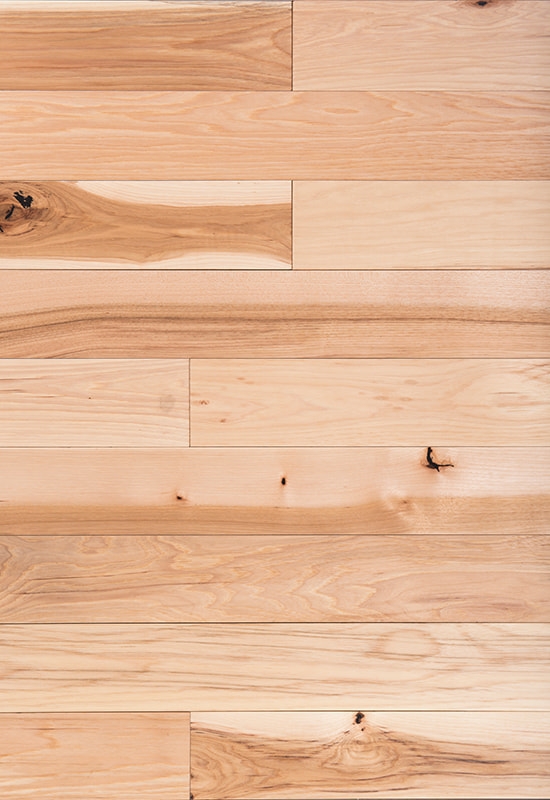
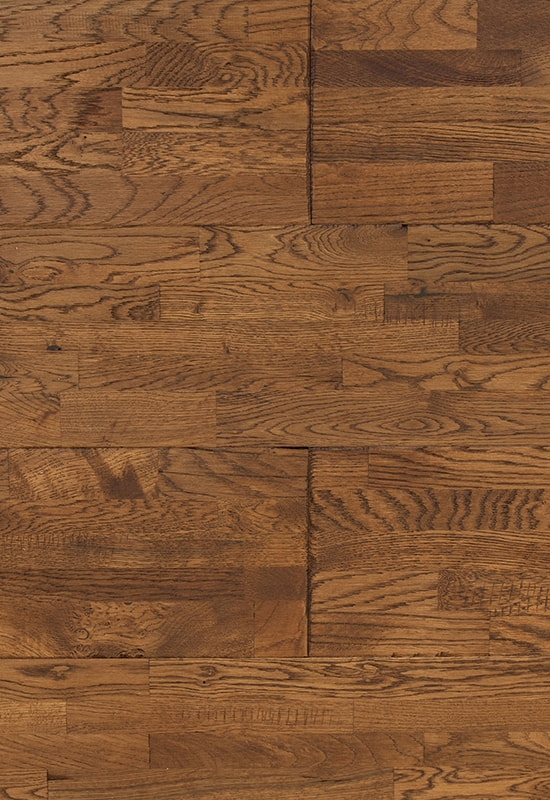
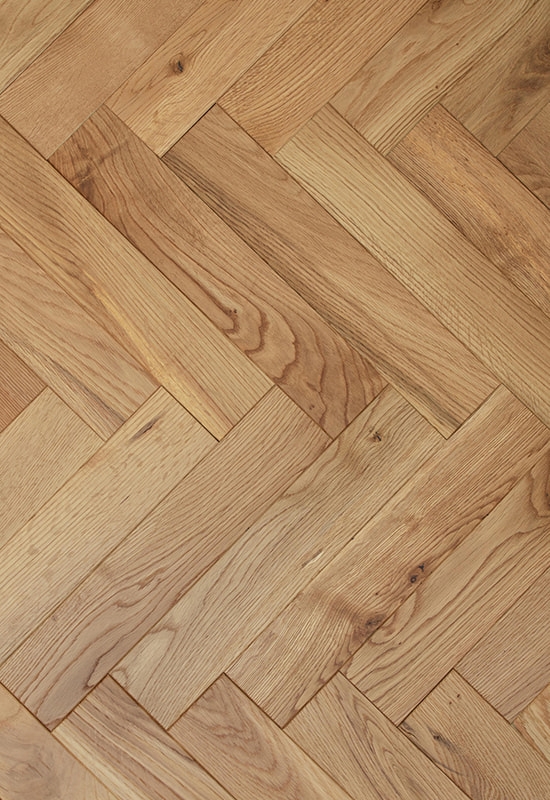
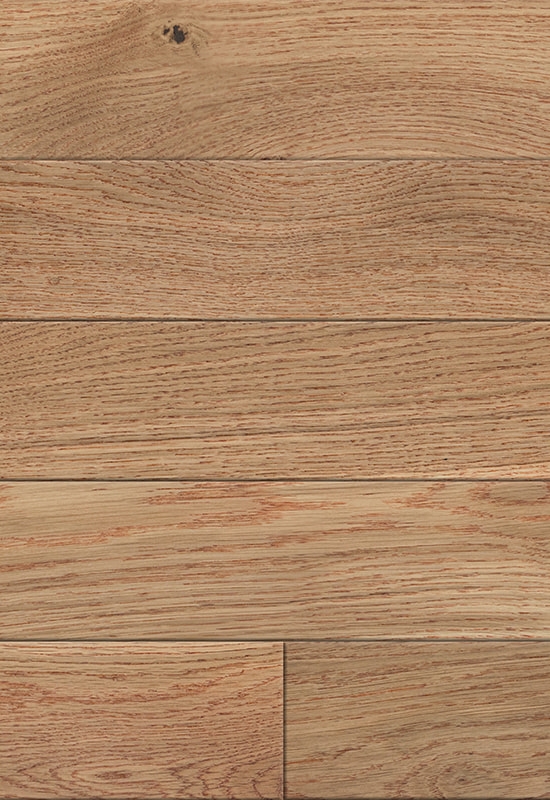

 +86-572-2118015
+86-572-2118015 No.598. Gaoxin Road, Huanzhu Industrial Zone, Huzhou City, Zhejiang Province, China, 313000
No.598. Gaoxin Road, Huanzhu Industrial Zone, Huzhou City, Zhejiang Province, China, 313000 